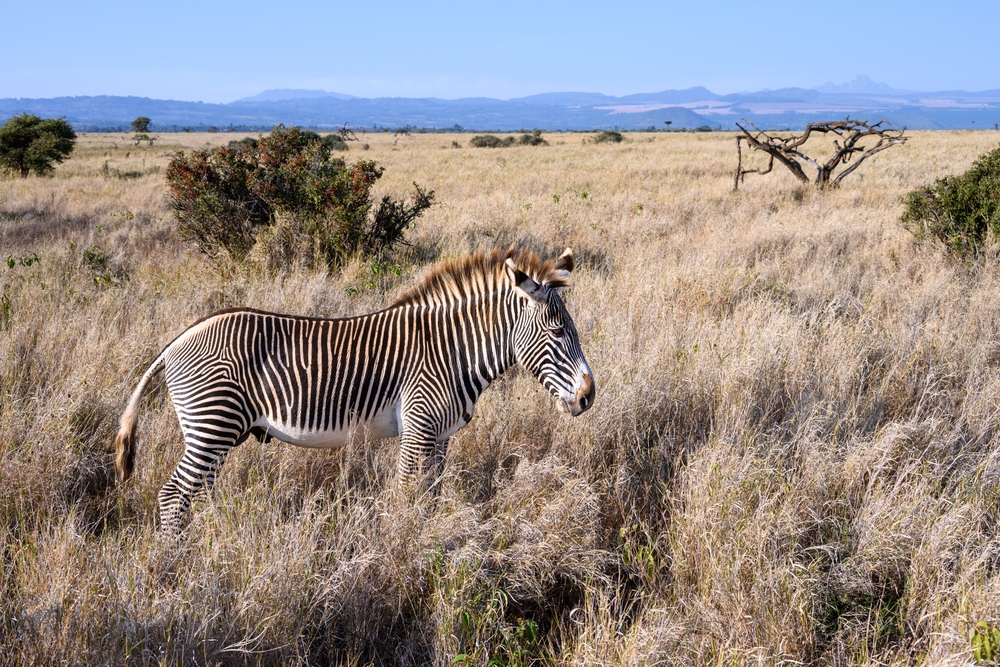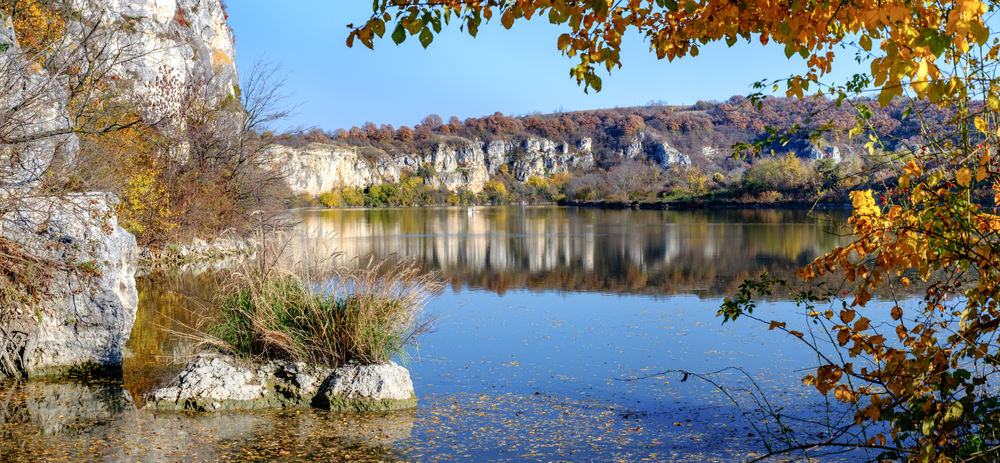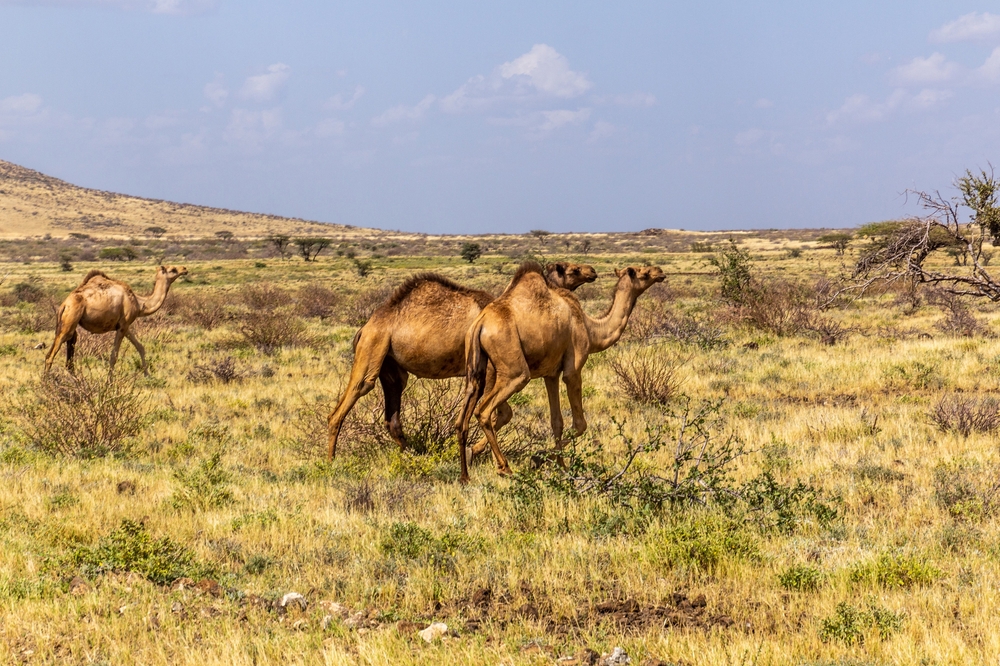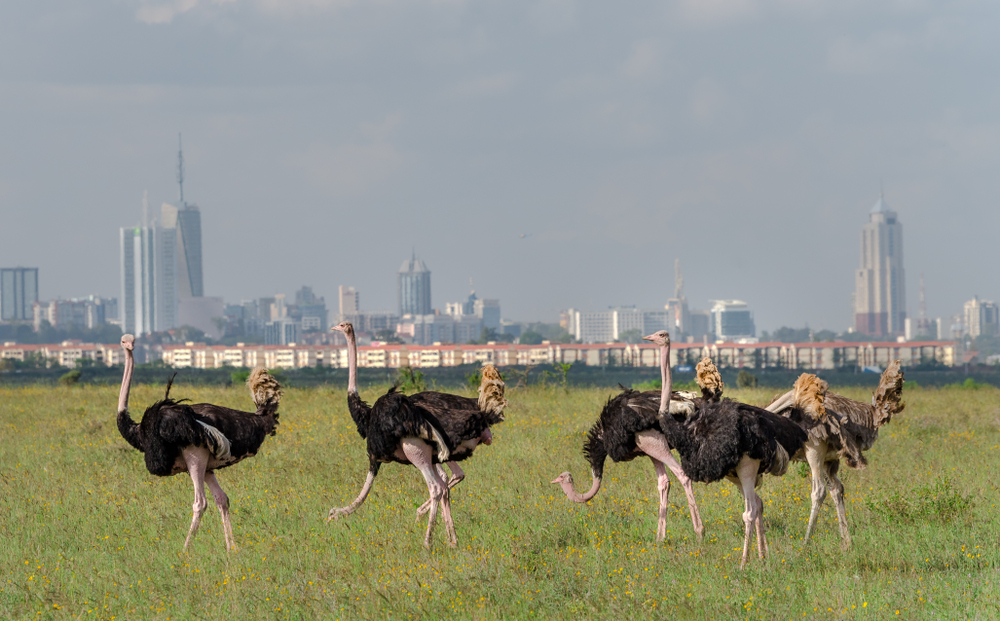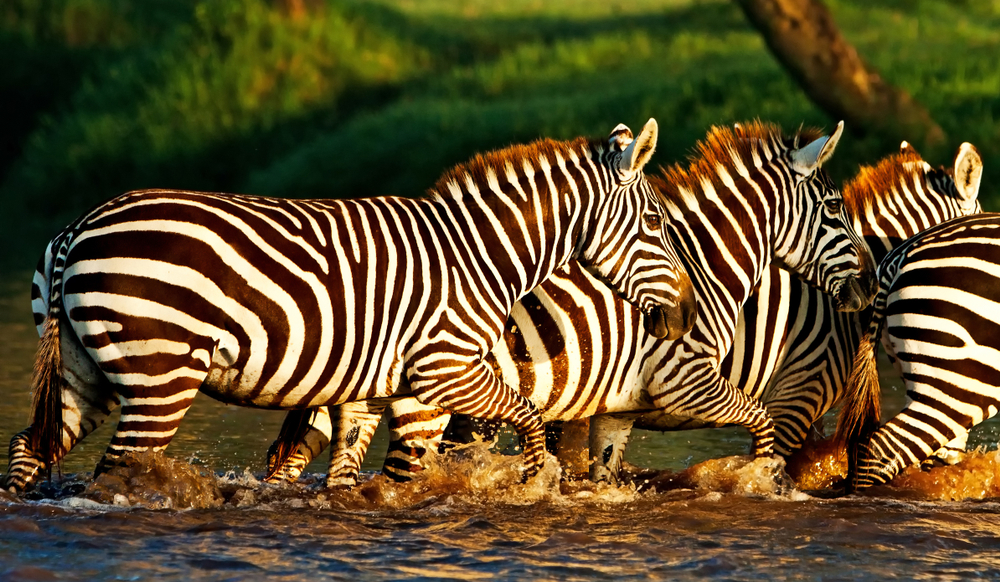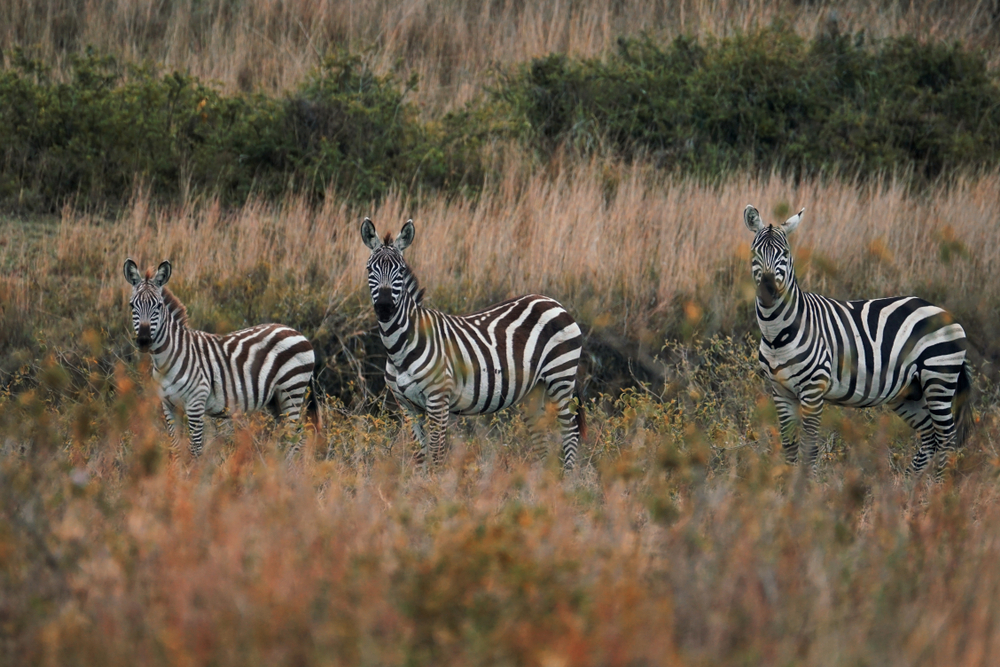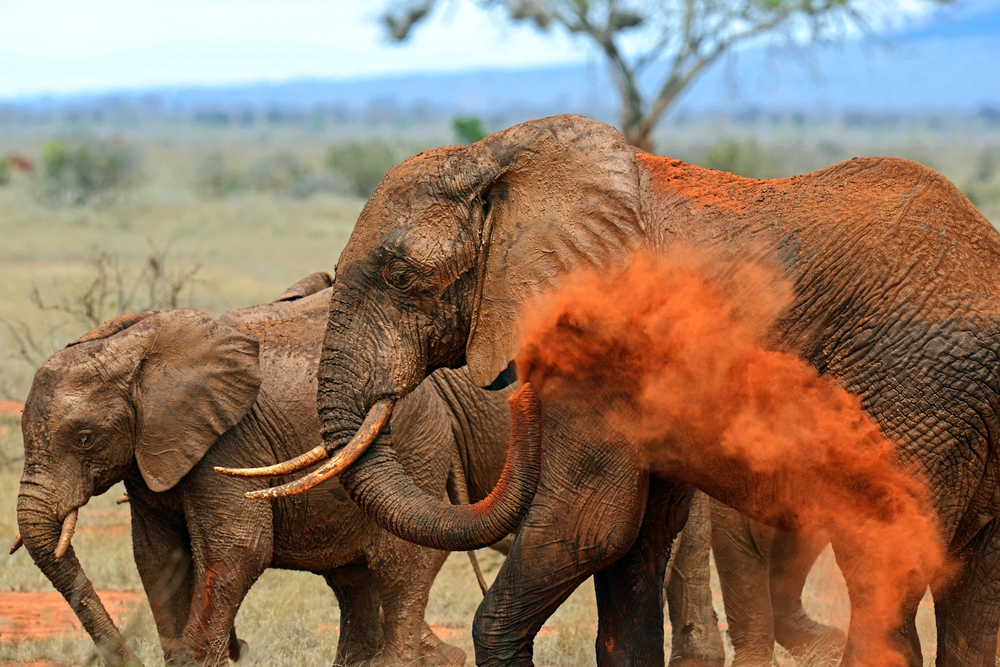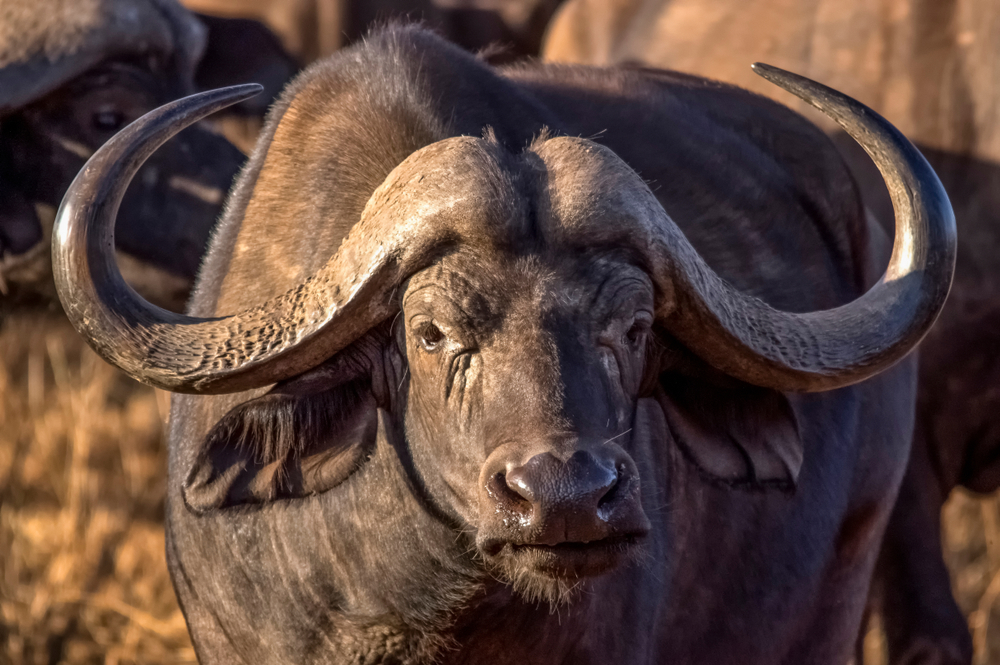Sibiloi Overview
Sibiloi National Park, locally referred to as “Karari” by the indigenous Daasanach people, meaning “place of bones,” is located on the northeastern shores of Lake Turkana in Kenya. Established in 1973, the park spans over 1,570 square kilometers and is often called the “Cradle of Mankind” due to its significant archaeological and paleontological sites. Sibiloi is a UNESCO World Heritage Site, renowned for its striking landscapes, cultural heritage, and diverse wildlife, making it a remarkable destination for explorers and nature enthusiasts alike.
The park’s terrain is defined by dramatic contrasts. Rugged hills, volcanic formations, and expansive semi-arid plains dominate the landscape, interspersed with patches of grassy savannah and thorny shrublands. Along the shores of Lake Turkana, the world’s largest permanent desert lake, lies a stretch of sandy beaches and lagoons. The vegetation is sparse yet resilient, comprising desert-adapted flora such as doum palms, acacia trees, and patches of hardy grasses that survive in the harsh climate.
Wildlife in Sibiloi National Park is a unique mix of desert and savannah species. Visitors may encounter Grevy’s zebras, Beisa oryx, gerenuks, and striped hyenas, while predators like cheetahs and lions also roam the area. The park is a birdwatcher’s paradise, with over 350 bird species recorded, including flamingos, pelicans, and Egyptian geese near the lake. The waters of Lake Turkana itself teem with Nile crocodiles and hippopotamuses, offering a thrilling spectacle for visitors.
Engaging with Sibiloi National Park is an adventure steeped in both natural and historical wonder. Guests can explore its ancient fossil sites, such as the Koobi Fora Museum, where discoveries of early hominid fossils have provided crucial insights into human evolution. Game drives, nature walks, and boat rides on Lake Turkana offer opportunities to immerse in the park’s diverse ecosystems. The stark beauty of the region also makes it a favorite for photographers and researchers alike.
Despite its treasures, Sibiloi faces significant conservation challenges. The park is under threat from climate change, habitat degradation, and human-wildlife conflicts, exacerbated by the remote location and limited resources. However, collaborative efforts by the Kenya Wildlife Service (KWS), local communities, and international organizations have been instrumental in safeguarding this unique landscape. Initiatives include anti-poaching patrols, community outreach programs, and the promotion of eco-tourism to ensure the sustainable management of the park.
Sibiloi National Park is a destination like no other, combining natural beauty, cultural significance, and scientific importance. It provides a rare opportunity to connect with the origins of humanity while appreciating the resilience of life in one of the most challenging environments on Earth. Visitors leave with a deeper understanding of the delicate balance between conservation and coexistence, making Sibiloi a truly unforgettable experience.








































































